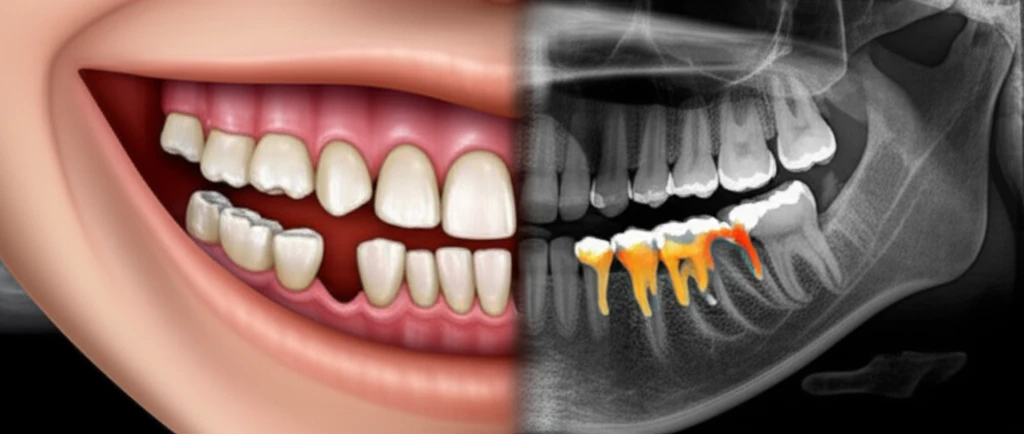
Mixed Dentition Analysis: Is Advanced Imaging Worth the Cost?
"Cone-beam computed tomography (CBCT) offers precision in assessing developing teeth, but does it outweigh traditional methods and added expense?"
Achieving a harmonious balance between tooth size and jaw dimensions is a cornerstone of successful orthodontic treatment. Malocclusions often stem from discrepancies between these factors. The mixed dentition phase, a period where both primary and permanent teeth coexist, presents unique challenges in assessing potential crowding and developing a comprehensive treatment plan.
During this transitional period, slight crowding in the lower arch is often considered normal as the erupting permanent lateral incisors require additional space. However, accurately predicting the size of unerupted permanent teeth becomes crucial to determine whether the dental arch can accommodate them without significant crowding or the need for extensive intervention.
Traditional methods for mixed dentition analysis include clinical examination, study models, and radiographic assessments. While these techniques have served orthodontists for decades, the advent of cone-beam computed tomography (CBCT) has opened new avenues for visualizing and measuring dental structures with greater precision. This article delves into a study comparing CBCT with traditional methods, evaluating the accuracy, advantages, and limitations of each approach.
CBCT vs. Traditional Radiography: A Comparative Look at Mixed Dentition Analysis

The study featured in the Dental Press Journal of Orthodontics aimed to evaluate the effectiveness of CBCT in assessing the size of intra-osseous teeth during the mixed dentition phase. The researchers compared CBCT measurements with those obtained using traditional methods, including:
- Moyers’ Analysis: A prediction table based on the mesiodistal width of erupted lower incisors to estimate the size of unerupted canines and premolars.
- Tanaka-Johnston Formula: A similar predictive method that uses a formula instead of a table.
- 45-Degree Oblique Radiographs: A radiographic technique used to visualize unerupted teeth and measure their dimensions.
- Plaster Cast Models: Measurements of erupted incisors were taken on plaster models using digital calipers.
- CBCT Scans: The same dental units were gauged by means of Dolphin software resources.
- Statistical Analysis: High agreement was observed between tomographic and radiographic methods.
- Low Agreement: Between tomographs and other methods being evaluated.
The Verdict: Is CBCT the Future of Mixed Dentition Analysis?
While CBCT offers several advantages, including the ability to visualize intra-osseous teeth individually and without superimposition of anatomical structures, it is essential to consider the limitations and costs associated with this technology. CBCT scans expose patients to higher radiation doses than traditional radiographs, and the cost of CBCT equipment and software can be significant. Ultimately, the decision to use CBCT for mixed dentition analysis should be based on a careful assessment of the individual patient's needs, the complexity of the case, and the available resources.
